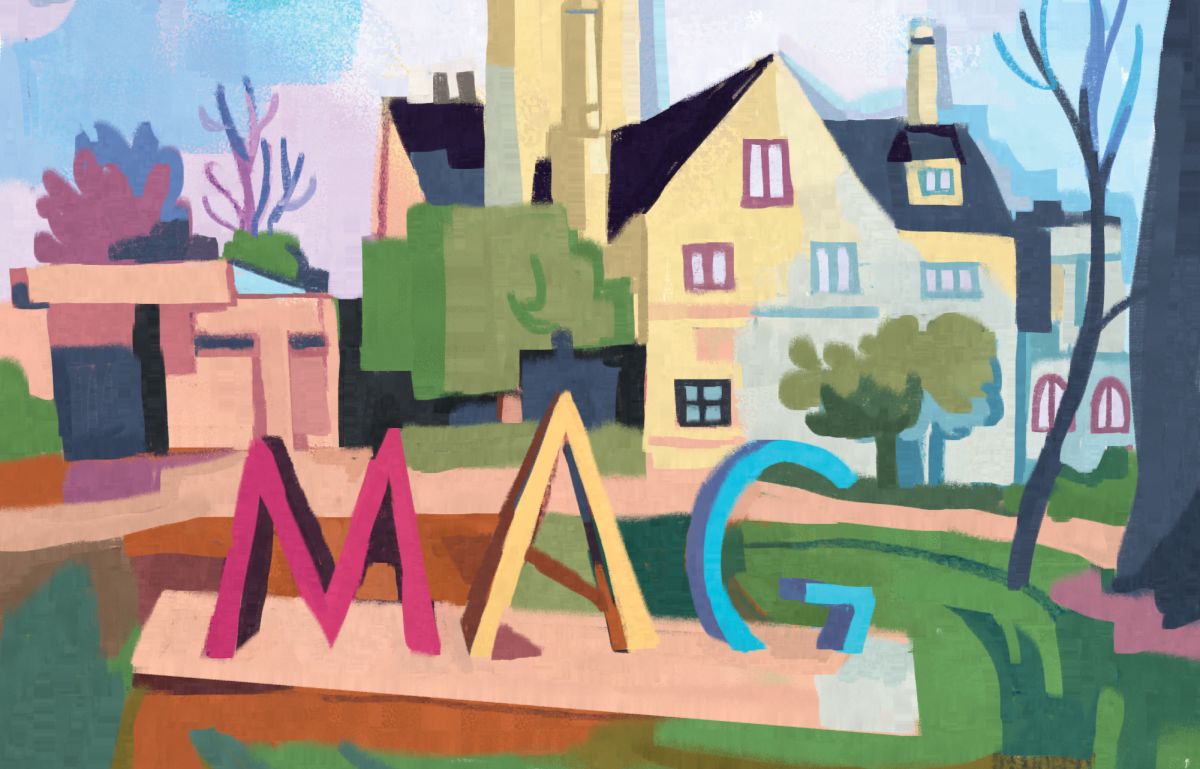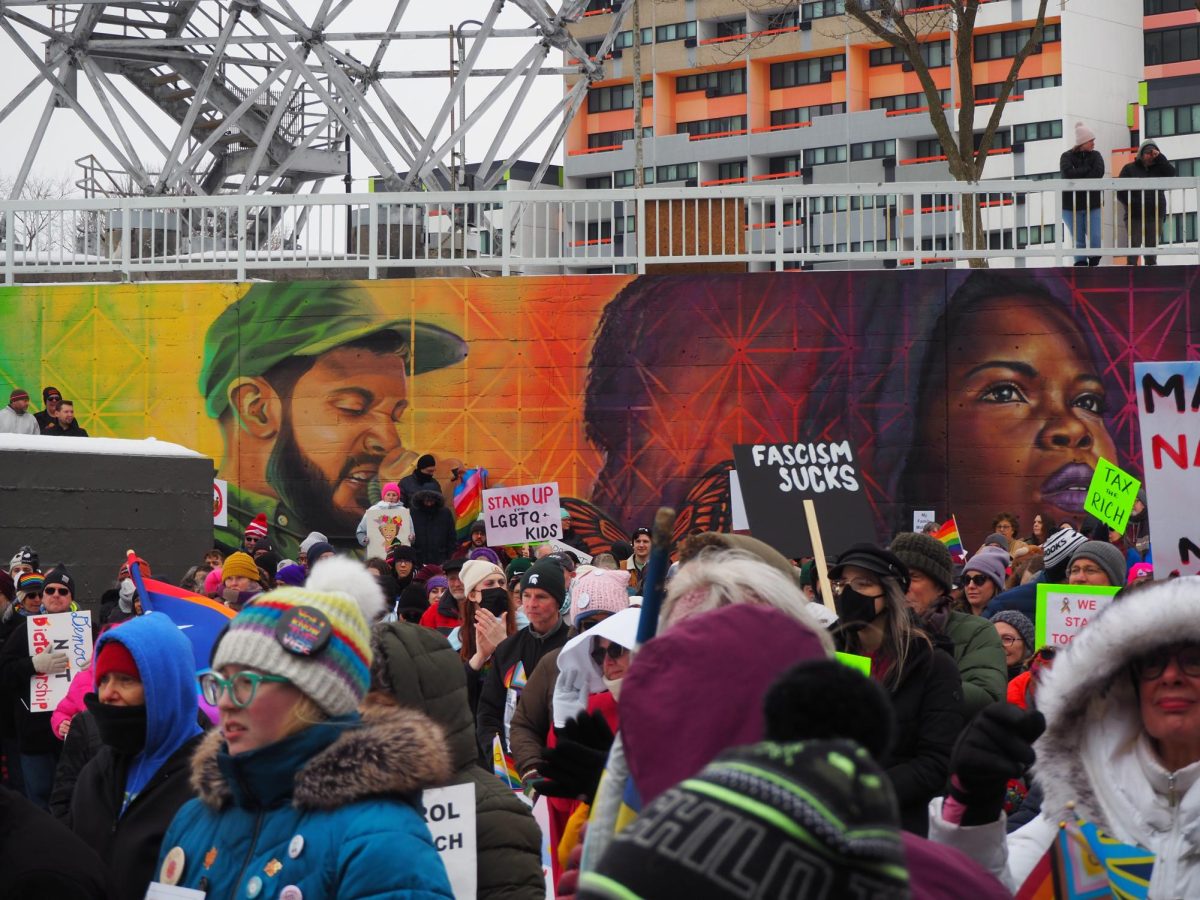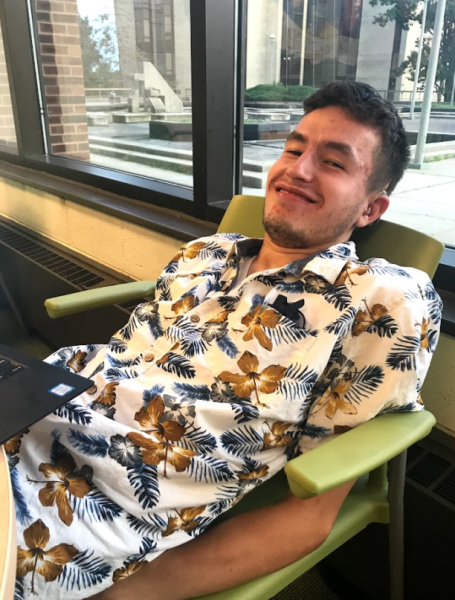The Memorial Art Gallery (MAG), located in the Neighborhood of Arts, houses an art collection of over 12,000 works spanning more than 5,000 years. Like many museums across the country, the MAG is trying to diversify its art collection, integrating artwork from historically marginalized communities. These recent changes in curatorial practices raise some interesting questions: Why are museums undertaking efforts to feature diverse art collections, and how is the MAG planning to implement this policy?
Why Go to an Art Museum?
Michael Amy, a professor of art history in the College of Art and Design, described the viewing experience in an art museum as incredibly meaningful.
“Art is a bridge, right?” Amy explained. “Art is a door … to other sensibilities and other ways of seeing the world, other ways of thinking, other ways of feeling, and that is invaluable.”
The traditional layout of a museum is called an encyclopedic collection. As Amy describes, museum displays are organized based on the periods to which they belong. Typically, the visitor enters through the earliest period and continues to the most recent collection. By adopting this layout, the museum exposes visitors to cultural diversity and the progress made over the centuries.
Why Is the MAG Diversifying?
In recent years, museums have changed how they traditionally present their art collections to the public. Not only are they trying to find more artists from diverse backgrounds, but museums are also enacting conscious changes to the spaces that house art. Museums serve as platforms for arts that show the world to the viewers through a particular artist’s eyes. By diversifying the platform, the museums become more accessible in an increasingly inclusive world.
Because the encyclopedic collection catalogs art into historical periods, not culture, non-Western art is inadequately represented in the viewing experience. The criticism of encyclopedic museums for their Eurocentrism and colonialist-tainted portrayal of art has motivated museums to reconsider curation practices.
“To become an arts institution that fairly represents our community, MAG must move from the traditional model of an ‘encyclopedic collection’ to a 21st-century global universal museum,” the museum explained on its website. “We must excavate and expose the structural biases that have defined the way we have collected and displayed the work of various people and cultures for much of our history.”
While contemporary art is more in tune with the modern world, a discourse is occurring around how to represent different perspectives. As Timothy Peterson, the first curator of contemporary art at the MAG, can attest, the art world is increasingly featuring underrepresented voices in the conversation. Peterson recalled starting at the Walker Art Center in Minneapolis in 1988 as an openly gay white man.
“The discussions around gender were very binary in the late ’90s, even into the early 2000s. So … I’ve been reevaluating the collection for who we have,” Peterson said.
Peterson prioritizes finding artworks made by artists of color and female artists. Explaining that representation is an issue for museums, Peterson said surveys often estimate that only 11% of national artwork on display can be attributed to female artists.
“My goal is to increase representation in the permanent collection,” Peterson mused. “And for me, it’s trying to meet our community … I try to make sure that those people walk in and hopefully see themselves.”
Peterson gave Reporter a tour of the contemporary art collection, which showed the most recent acquisitions by artists from diverse backgrounds. Artists included Caroline Kent, a biracial artist inspired by her Mexican heritage to paint abstract paintings. Peterson also shared “Gospel Song,” a painting created by Romare Bearden, a Black artist whose childhood occurred during the Harlem Renaissance. Peterson also shared the work of Bethany Collins, a biracial artist who used hand stencil on copies of Sophocles’ “Antigone,” an ancient Greek tragedy.
The Challenges of Acquiring Diverse Artwork
Before Peterson was hired as curator in September 2024, the contemporary art collection had acquired artworks primarily through gifts. In Peterson and the MAG’s quest to find diverse artworks, they have been looking nationally and globally.
“One curator can’t solve this in their tenure,” Peterson acknowledged, discussing the challenge of ensuring a comprehensive collection. “I just have to be proud of what I have to be. I have to stand behind what [artworks] I’m nominating.”
The gallery mandated Peterson to find art pieces on a $200,000 budget, presenting a challenge for Peterson and other curators seeking artwork in smaller museums, as they do not have the budget of big museums to compete for increasingly pricey artwork.
Peterson opted for temporary exhibitions to display artworks and smaller pieces. Peterson also visits museums and studios when he travels, building connections, especially on Instagram, to stay alert about current trends.
After identifying artwork of interest, Peterson has to justify why the museum should acquire it to the Board of Trustees, with support from his department as needed.
Why Is Diversification Important?
Museums are constantly updating and expanding their collections to ensure the artworks contribute to the conversation and resonate in the public consciousness. The Eurocentric perspectives that have dominated the art world no longer reflect those of the viewers. Viewers coming to museums are increasingly becoming diverse, reflecting the need for art to evolve and become accessible.
“Our priorities have changed. Our technologies have changed. You know that our experiences have changed. But by setting these things up, I think it makes you look at things differently, which is rewarding,” Amy said.
At MAG, Peterson wants to hang artworks by artists from diverse backgrounds and make sure the artists’ voices are included in the viewing experience, such as by adding quotes to the artwork labels.
“Maybe a QR code that links to more videos. But also public dialogues that are free, that people can join to hear the artist speaking about their work,” Peterson mused, thinking about ways to manifest the artists in their works.
The art world may seem abstract, seemingly insular from the outside world. However, not only are they created by people with different perspectives and priorities, but artworks are a mirror, as Amy puts it, for the viewers to see. MAG’s efforts to diversify its artwork collections are a physical effort to make inclusivity more tangible.






